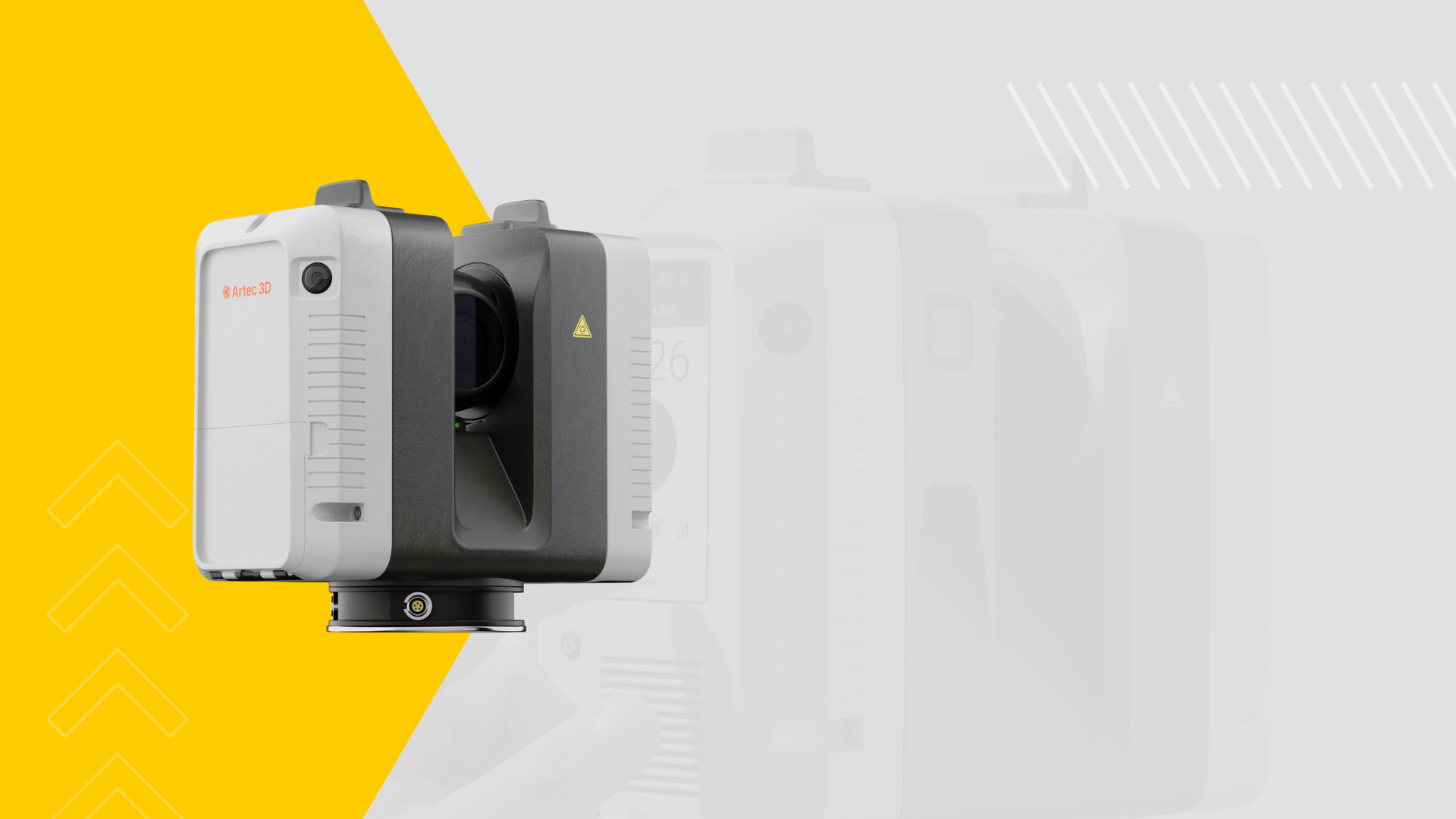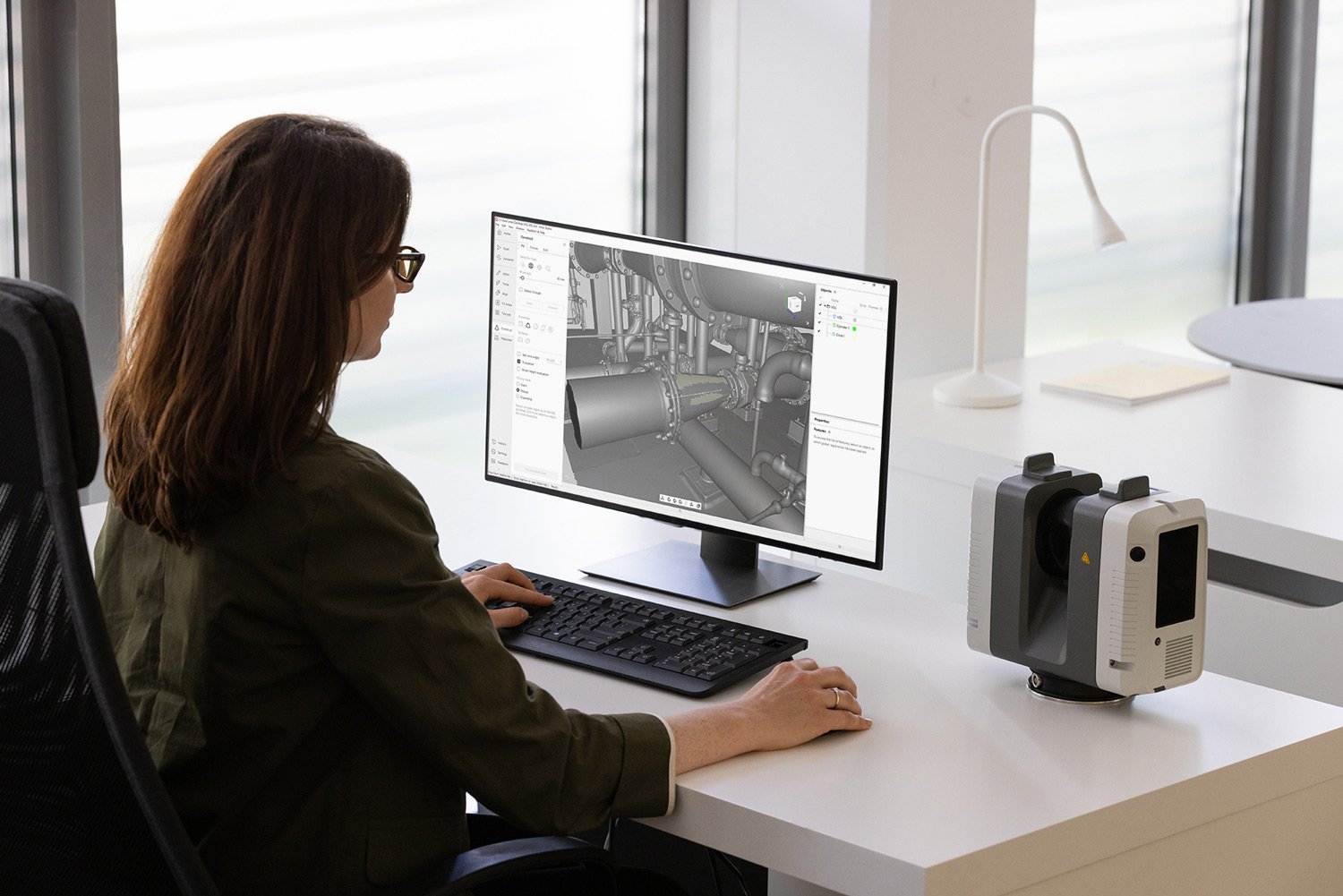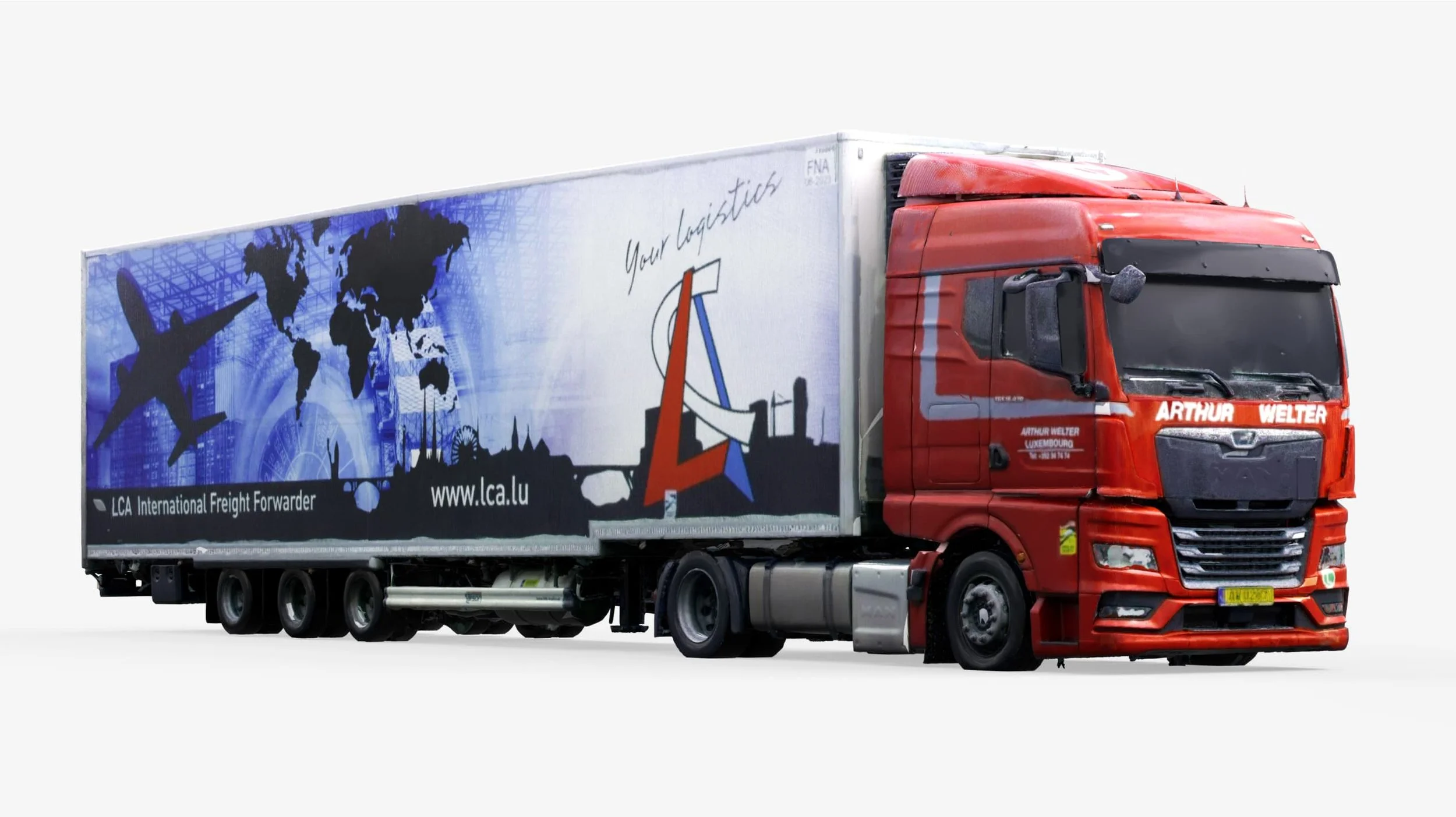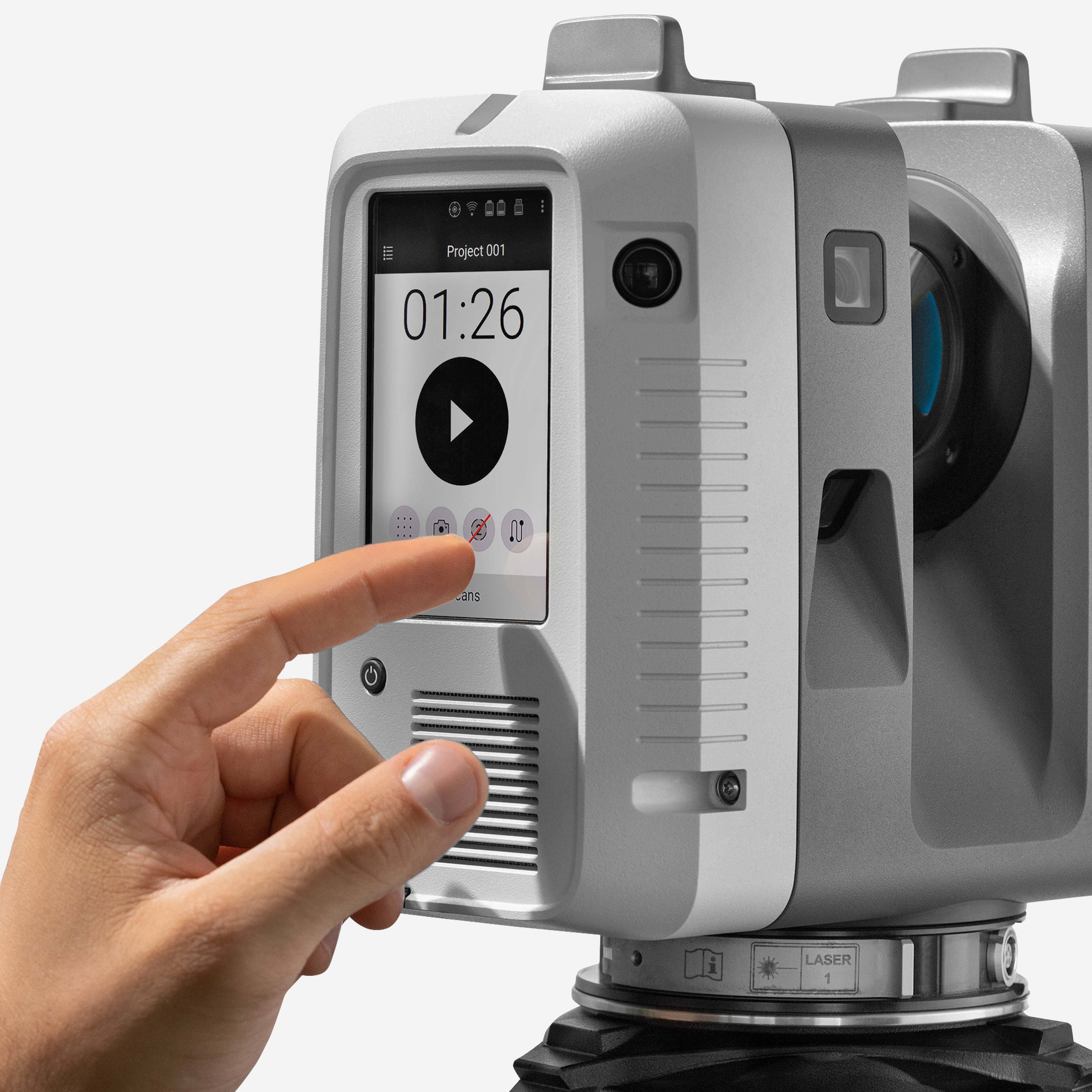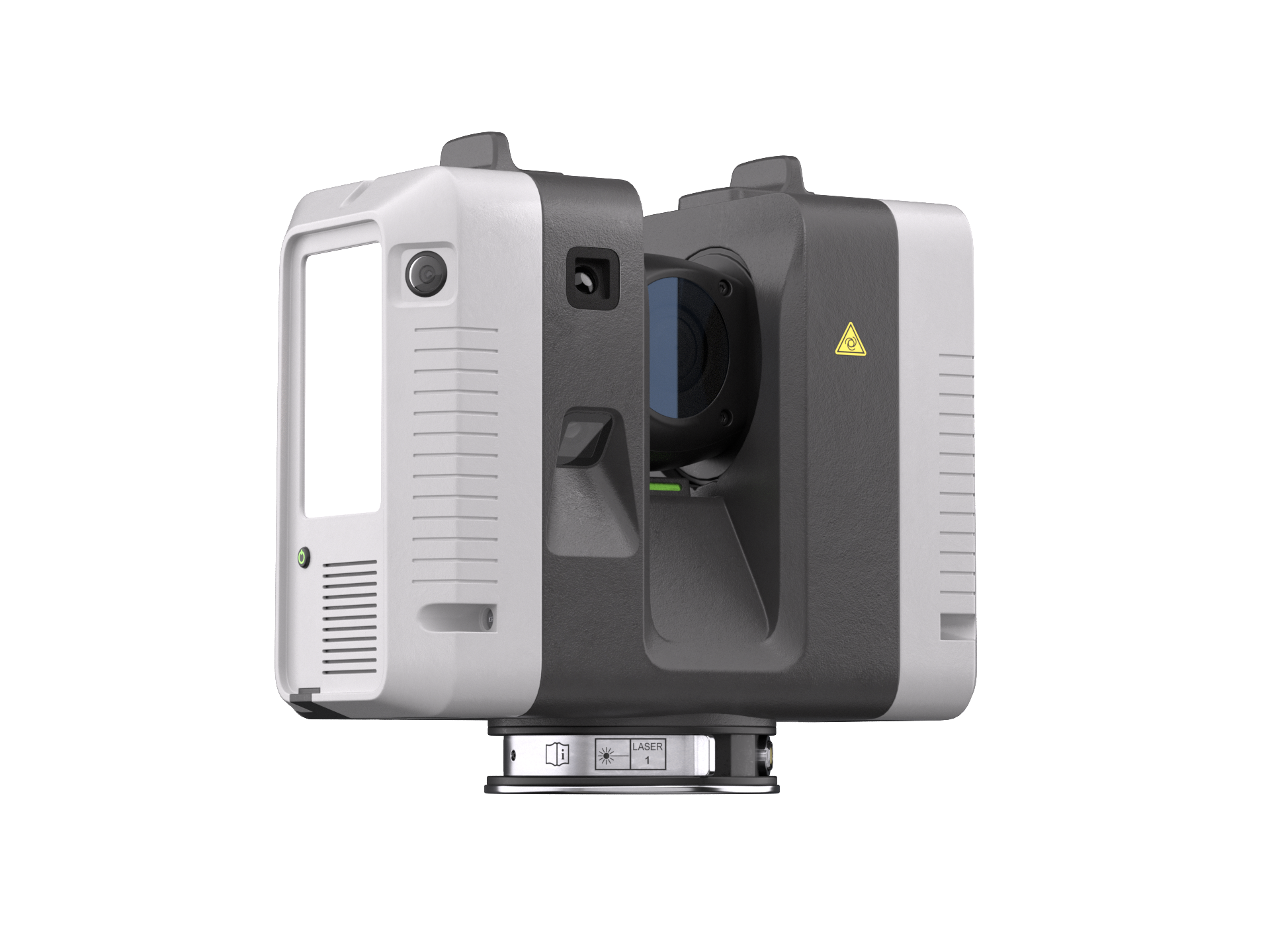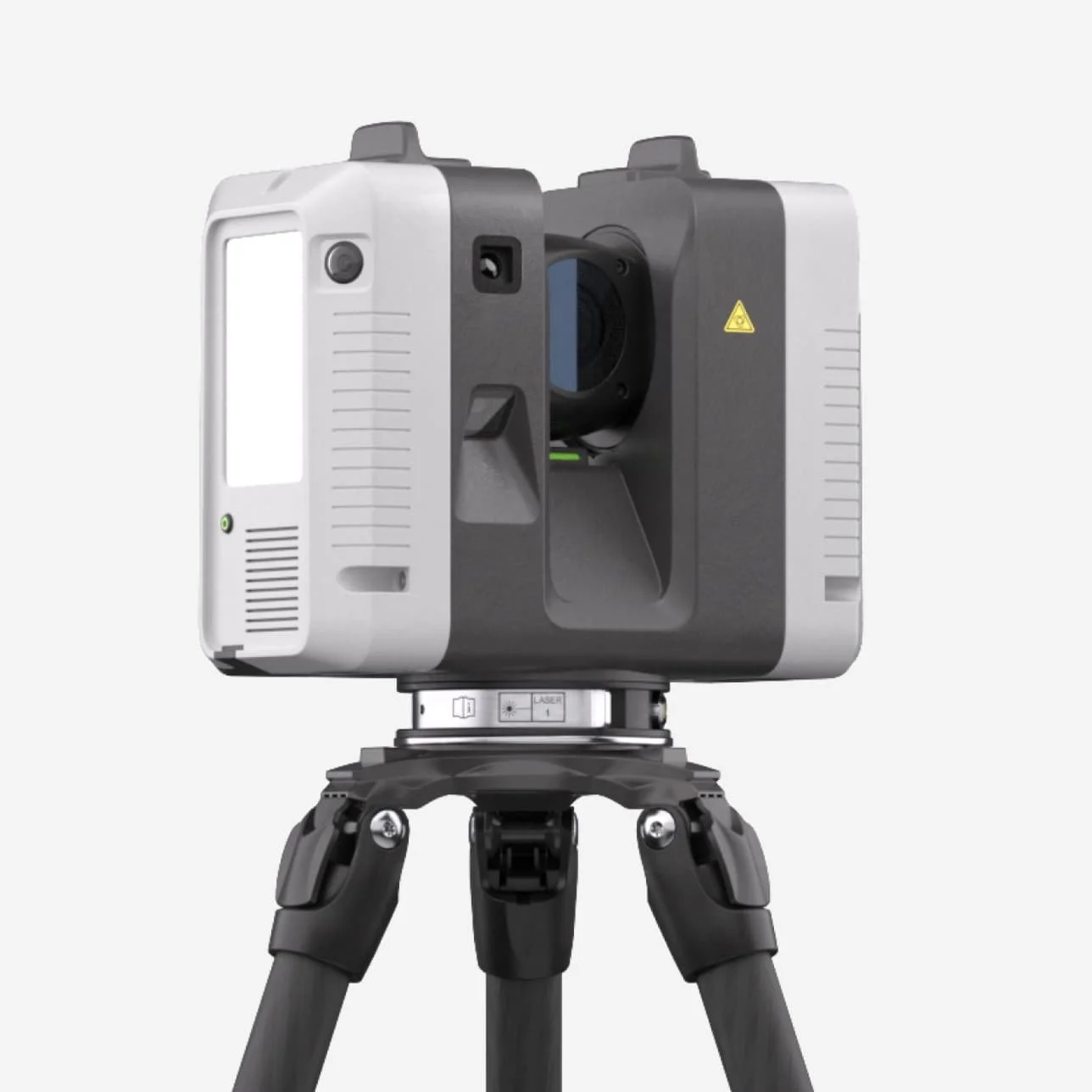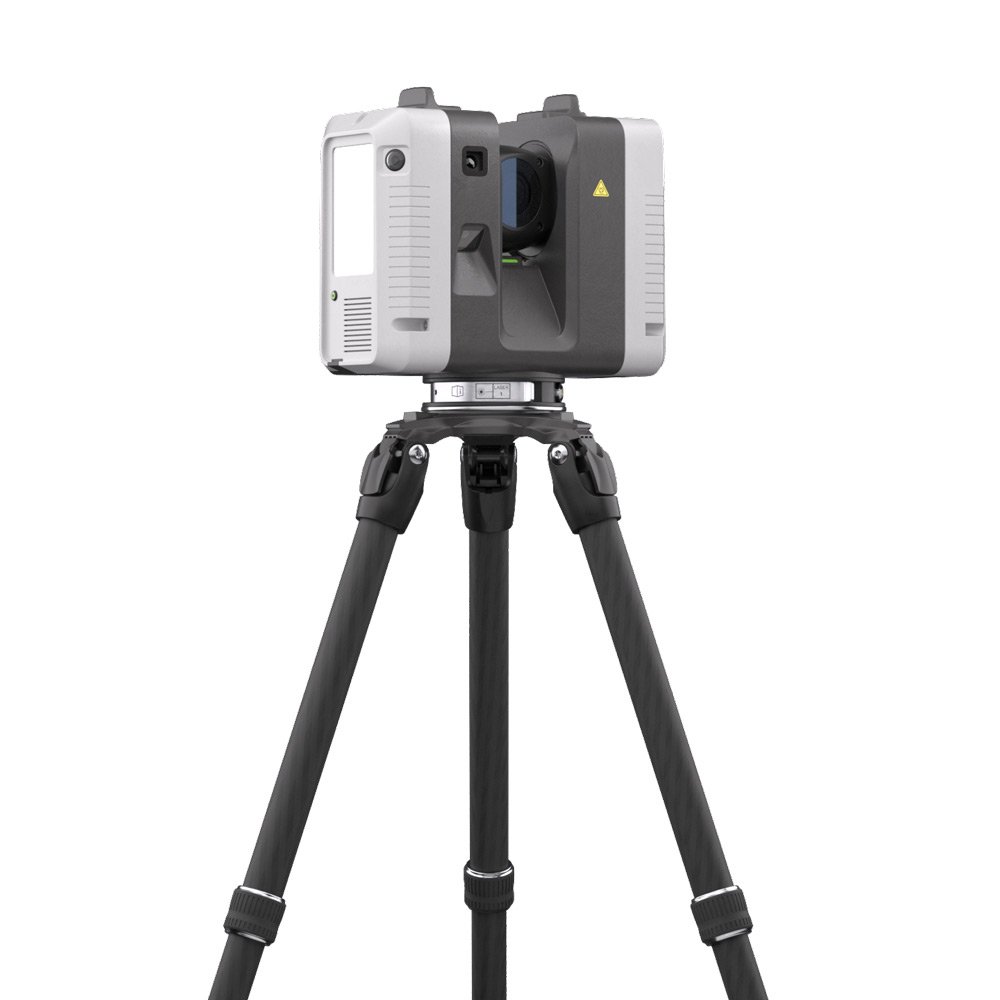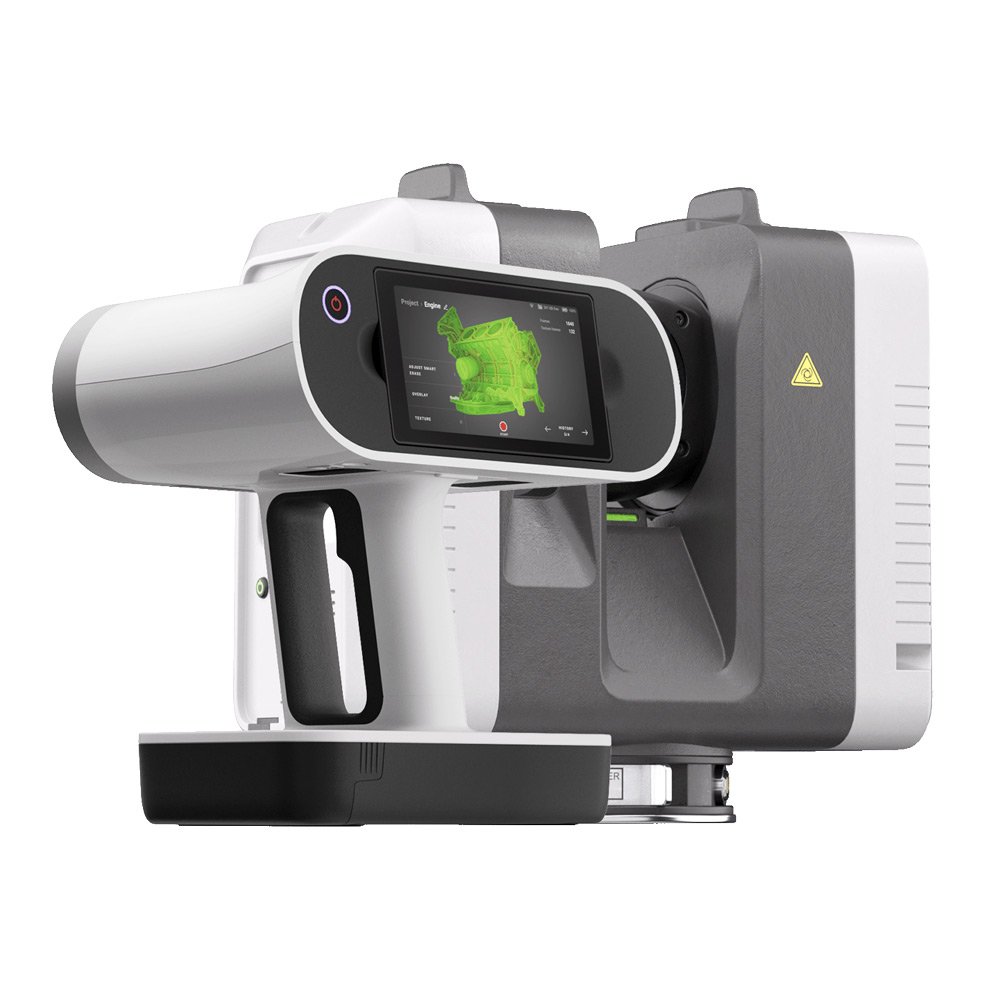Artec Ray II 3D Scanner
Lightning-fast long-range 3D scanner for professional captures with high accuracy
With the high-accuracy, long-range, wireless Ray II laser 3D scanner you can precisely and rapidly capture large to massive objects, scenes or areas, and from up to 130 m away. It provides 3D point accuracy that meets professional standards and delivers top-notch precision.
This scanner is perfect for capturing detailed scans of massive objects like wind turbines, ships, airplanes, bridges, factories, crime scenes, or archeology sites. Its LiDAR technology ensures high-quality scans, making it suitable for tasks such as reverse engineering, inspection, creating digital replicas, documenting crime scenes, or assessing changes in civil infrastructure over time.
Features & Benefits
Lightning fast and long range

Technical Specifications
| Description | Spec |
|---|---|
| 3D point accuracy | 1.9 mm @ 10 m, 2.9 mm @ 20 m, 5.3 mm @ 40 m |
| Angular accuracy | 18" (0.87 mm @ 10 m) |
| Range accuracy | 1.0 mm + 10 ppm |
| Resolution | 3 user selectable settings: 3 / 6 / 12 mm @ 10 m |
| Range noise¹ ² | 0.4 mm @ 10 m, 0.5 mm @ 20 m |
| Field of view | 360° (horizontal) / 300° (vertical) |
| Range | 0.5 — 130 m |
| 3D capture rate | Up to 2,000,000 pts/sec |
| Scanning time without texture @ 10 m | 1.7 min @ 3mm resolution, 0.85 min @ 6mm resolution, 0.4 min @ 12mm resolution |
| Scanning time with texture @ 10 m | 2.7 min @ 3mm resolution, 1.9 min @ 6mm resolution, 1.4 min @ 12 mm resolution |
| Camera | 36 MP 3-camera system captures 432 MPx raw data for calibrated 360° × 300° spherical image |
| HDR | Automatic, 5 brackets |
| On scanner | Touchscreen control with finger touch, full color WVGA graphic display 480 × 800 pixels |
| Mobile devices | Artec Remote app for iOS and Android tablets and smartphones including: Remote control of scan functions, Settings selection, Launch scanning |
| Real time registration | Automatic point cloud alignment based on real time tracking of scanner movement between setups based on Visual Inertial System (VIS) by video enhanced inertial measurement unit |
| Automatic removal of moving objects | Delete captured data of moving objects using Double Scan |
| Check & Adjust | Field procedure for targetless checking of angular parameters |
| Visual Inertial Systems | Video enhanced inertial measuring system to track movement of the scanner position relative to the previous setup in real time |
| Tilt | IMU based, Accuracy: 18" (for upright and upside down setups with +/- 10° inclination) |
| Geolocation sensors | Altimeter, Compass, Global Navigation Satellite System |
| Wireless | Integrated wireless LAN (802.11 b/g/n) |
| Data storage | AS256, 256 GB exchangeable USB 3.0 flash drive |
| Scanning technology | Time of flight enhanced by Waveform Digitising (WFD) technology |
| Laser class | 1 (in accordance with IEC 60825-1:2014), 1550 nm (invisible) |
| Dimensions | 120 mm × 240 mm × 230 mm / 4.7" × 9.4" × 9.1" |
| Weight | 5.35 kg / 11.7 lbs, nominal (without batteries) |
| Mounting mechanism | Quick mounting on 5/8" stub on lightweight carbon tripod or tripod adapter |
| Internal battery | 2 × AEB364 internal, rechargeable Li-Ion batteries, Duration: Typically up to 4 hours, Weight: 340 gr. per battery |
| External | GEV282 AC adapter |
| Operating temperature | -5° to +40°C |
| Storage temperature | -40° to +70°C |
| Operating low temperatures³ | -10° to +40°C |
| Dust/Humidity⁴ | Solid particle/liquid ingress protection IP54 (IEC 60529) |
1 At 89% albedo
2 For single-shot measurements
3 Extended low temperature operation is possible to -10°C if internal temperature is at or above -5°C when powered on. For extended low temperature measurement, it is recommended that QA procedures are followed.
4 For upright and upside down setups with a +/- 15° inclination
Industry-standard handheld 3D scanner
The Artec Eva 3D scanner is widely used in various industries for its user-friendly interface, fast scanning speed, and accurate results. It is a valuable tool for applications such as rapid prototyping, quality control, computer-generated imagery (CGI), heritage preservation, automotive, forensics, medicine, prosthetics, and aerospace. This versatile device helps industries improve customization, innovation, and efficiency.

